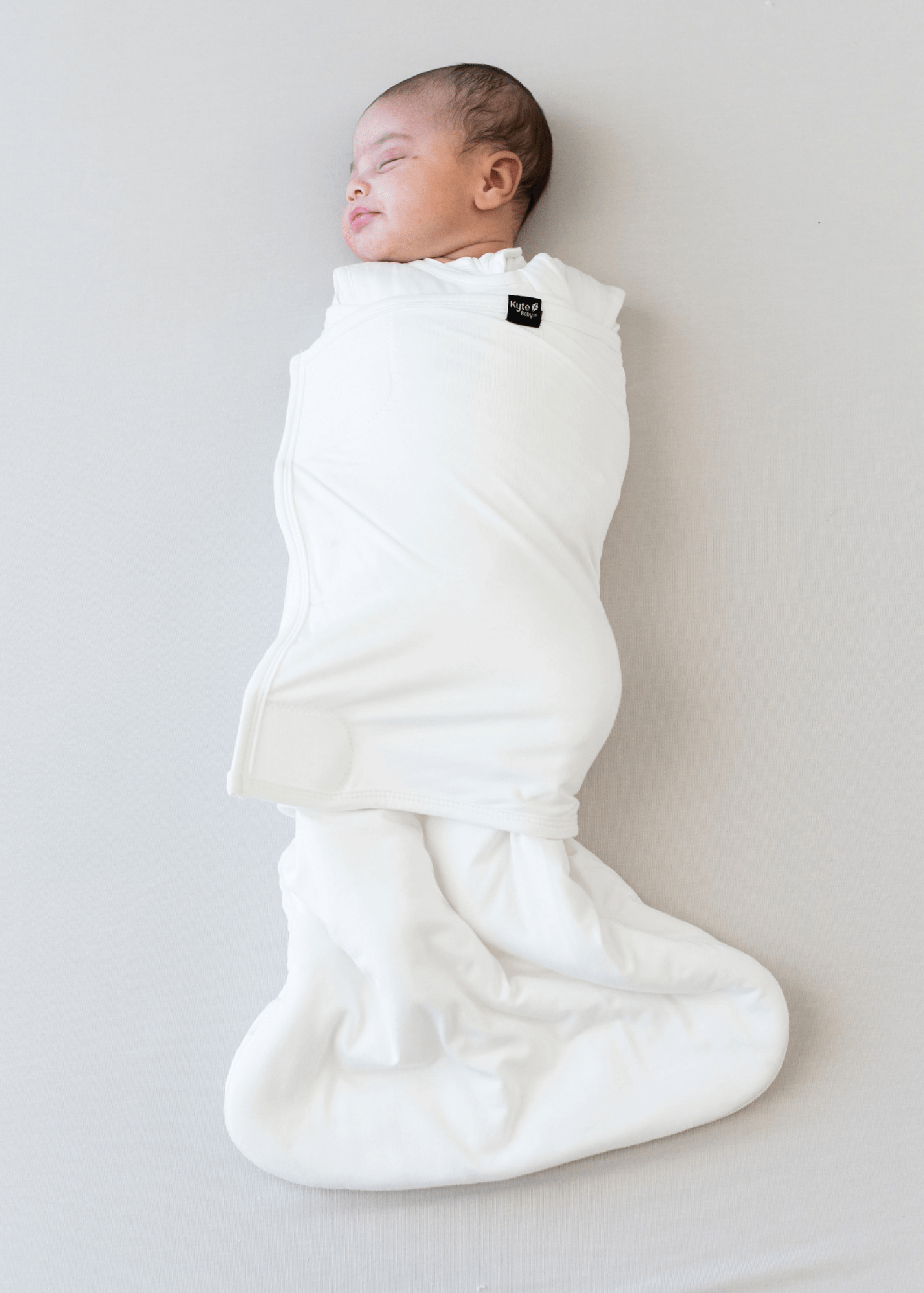When we think about health and wellness, certain areas often take the spotlight—like heart health, mental health, or fitness. However, there’s a crucial part of our body that frequently goes unnoticed: the pelvic floor. As the unsung heroes of our core, these muscles support several vital functions, but when they don’t work properly, the impact can be significant. Let’s take a closer look at what the pelvic floor is, why it matters, and how to support its health.
What is the Pelvic Floor?
Imagine the pelvic floor as a hammock of muscles, ligaments, tendons, and bones that form the base of your pelvis. These muscles play a critical role in supporting your bladder, uterus, and rectum, making them a fundamental part of your core system. Beyond just physical support, they also play a role in sexual health, and their proper function is essential for comfort and overall wellness.
Despite their importance, many people go through life without giving their pelvic floor much thought—until something goes wrong. Pelvic floor dysfunction is surprisingly common, and it can affect both men and women. From urinary incontinence to chronic pelvic pain, the issues that arise when these muscles aren’t functioning properly can have a major impact on daily life.
What Happens When the Pelvic Floor Isn’t Functioning Well?
Pelvic floor dysfunction can take many forms, ranging from mild discomfort to more severe health challenges. Below are some of the common issues people experience:
- Stress incontinence: Leaking urine when coughing, sneezing, or engaging in physical activity like jumping or running.
- Urge incontinence: A sudden, overwhelming urge to urinate, often accompanied by leaking before you can reach the bathroom.
- This occurs when the pelvic organs (bladder, uterus, or rectum) shift downward into the vaginal canal, causing discomfort or visible bulging. It can feel like heaviness or a sensation that something is down there or you are “sitting on a ball”.
- Pain during sex, whether with initial penetration or deep penetration, is often caused by tight pelvic floor muscles.
- Any pain lasting longer than three months in the pelvic region can be considered chronic and might be tied to pelvic floor dysfunction.
- Weak or tight pelvic floor muscles can affect the anal sphincter and contribute to constipation, making it harder to have regular bowel movements.
-
Tight or imbalanced pelvic muscles can disrupt reproductive organ function, impair blood flow, and contribute to pain which can hinder conception.
Who Is at Risk for Pelvic Floor Issues?
Several life events, conditions, and factors can increase the risk of pelvic floor dysfunction. It’s important to be aware of these risks, especially if they apply to your lifestyle or medical history:
-
Pregnancy and childbirth
-
History of abdominopelvic surgery
-
Chronic coughing or chronic constipation
-
Heavy lifting with improper form
-
Menopause
-
History of sexual abuse
Reclaiming Control: The Power of Pelvic Floor Therapy
If you’re reading this and nodding, understanding all too well the frustration, the confusion, and the pain, know this: help is available. Pelvic floor therapy is a powerful, effective treatment option that can bring relief. As a pelvic floor physical therapist, one of the most common things I hear from my patients are “I wish I would’ve known about this earlier” and “this has changed my life”. I absolutely love empowering women to gain confidence in their body again in order to do what they love. It is one of the most rewarding jobs as I get to help moms get back to running/jumping and laughing with their kids without leaking, enjoy intimacy again with their spouse, and have successful non-traumatic births. Some of the things involved in pelvic floor physical therapy treatment include hands on fascial mobilization, joint manipulations, proper breathing techniques, pelvic floor relaxation and strength, proper exercise and postural form, restoring core strength, and preparing your body for a quicker, more effective labor.
The human body is a complex and extraordinary system, and I would encourage all women to seek out professional help to ensure their body remains strong, balanced, and resilient so we can live life to the fullest. Pelvic floor therapy is a powerful investment in that quality of life, offering the tools to prevent or heal many of the issues mentioned above.
Although urinary incontinence during pregnancy and after childbirth is common (and so much so that it’s treated as something of a joke), that doesn’t mean you can’t do something about it. Pelvic floor therapy can help you reclaim control over your body so you can sneeze, cough, and laugh again without peeing all over yourself. But, as you strengthen your pelvic floor muscles, it certainly doesn’t hurt to wear comfortable and absorbent underwear that can make those once-in-a-while leaks a little more discreet. Our favorite pair is this midi brief made from a soft, breathable bamboo-chitosan blend that stretches to accommodate your changing body during pregnancy and postpartum and offers full coverage without looking frumpy so you can feel your best self.

At The Fit Pelvis, we take a holistic approach to pelvic health—combining orthopedic principles with specialized pelvic floor therapy to treat the whole body. Whether you’re dealing with incontinence, pelvic pain, postpartum recovery, or other pelvic health concerns, we offer individualized care designed to heal and strengthen your body from the inside out.
Our approach is tailored specifically to each person, offering in-person appointments in the DFW metroplex. You can follow me on Instagram at @dr.morgan.pelvicpt for daily tips, inspiration, and information on pelvic health. Contact us at 214-600-8168 or visit our website at www.thefitpelvis.com to schedule an appointment or learn more about our services.

Morgan Klette PT, DPT
























